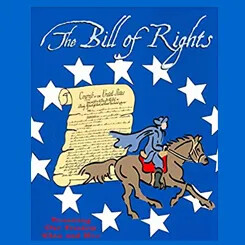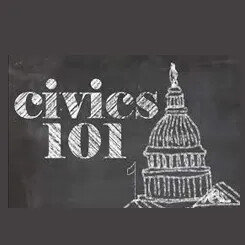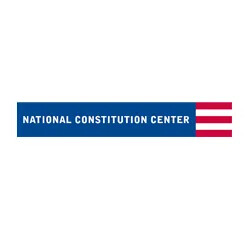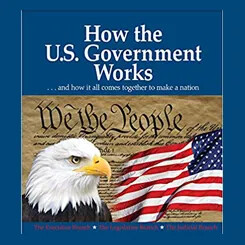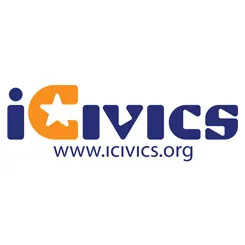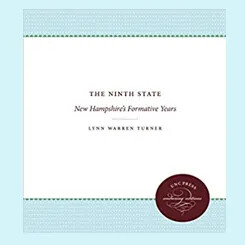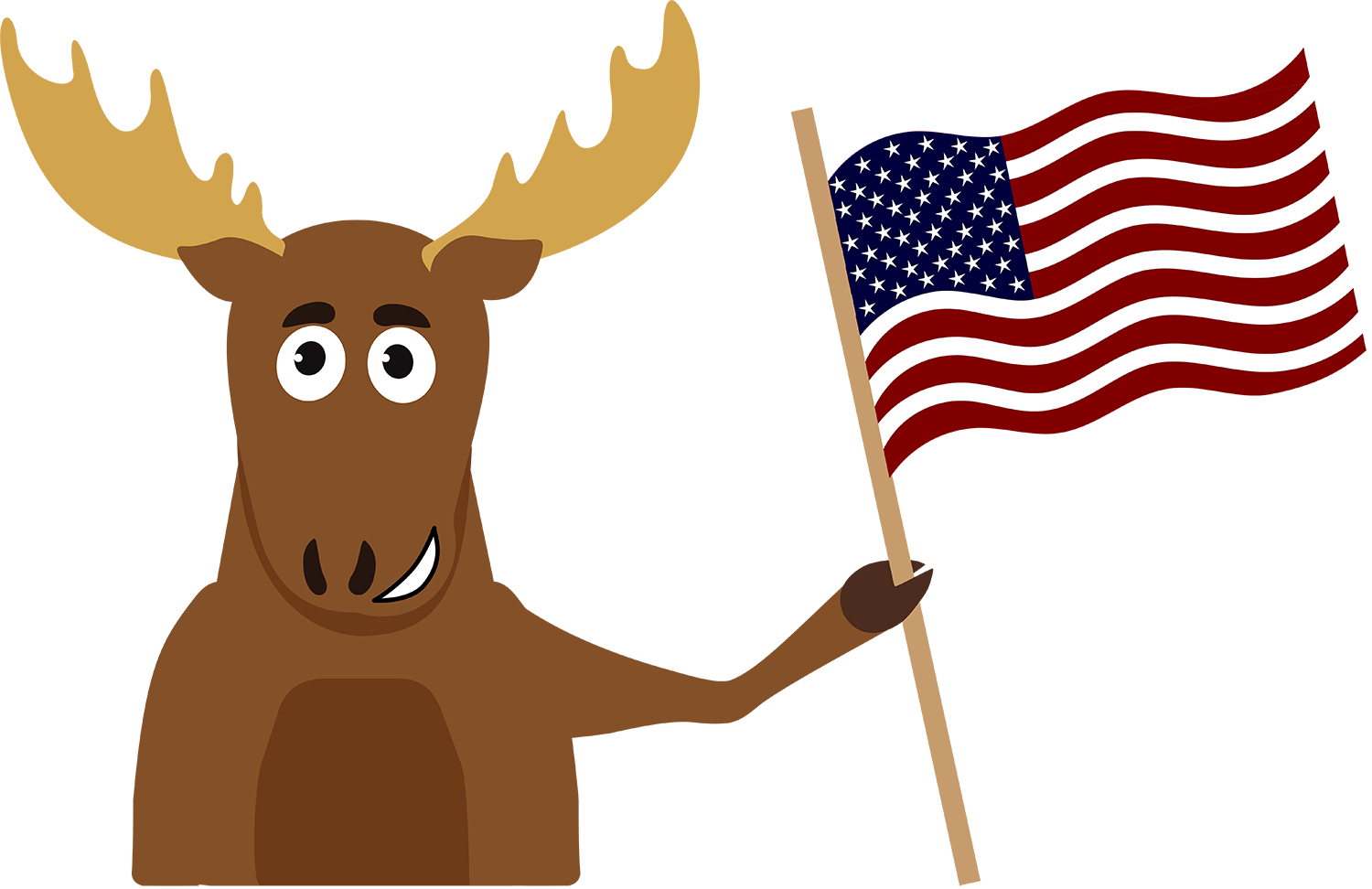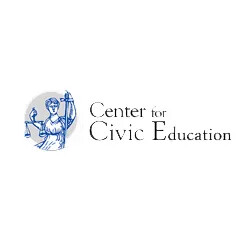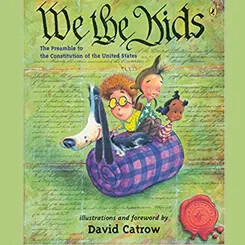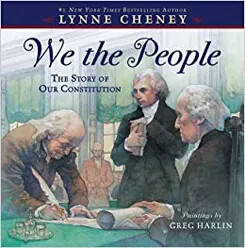How would the 13 states come together to form a national government?
In the 1780s, all 13 states ratified constitutions and established working governments. But Americans recognized that they also required some kind of national government for issues where the states needed to act together, particularly in areas of national defense and interstate and international trade and commerce. During the war, leadership in these areas had been provided by the Second Continental Congress, which included delegates from every state. But as it became clear that the United States was going to beat Great Britain and win its independence, political leaders began to contemplate a more permanent form of national government.
The Founding Fathers’ first attempt to create a national government was created by the Articles of Confederation, but it operated more like a treaty between the various states than a road map for national government. There was only one branch of government—the legislative branch—in which each state could cast a single vote regardless of its population. Congress was comprised of a single chamber that contained all elected officials, and its powers were severely limited. A three-fourths majority was needed to pass major legislation. In addition, the Articles required the unanimous consent of every state before it could be adopted. Although the Articles of Confederation was sent to the states in 1778, it took three years before all the states ratified it. Once it was ratified, it proved ineffectual as a system of governance.
By 1786, a convention had been called to fix the problems with the Articles of Confederation. Once convened, the delegates to the convention decided to scrap it altogether and called a second convention to devise a new form of government. During the summer of 1787, 55 representatives from 12 of the 13 states (Rhode Island did not attend) hammered out a new constitution, one that provided for three branches of government, which divided power between them. A series of checks and balances compelled the branches to work together to govern. But many had reservations about creating a stronger federal government. Several delegates were also concerned that the new Constitution did not include a listing of people’s rights. Nevertheless, the convention adopted the Constitution on September 17, 1787, and sent it to the states for ratification. Nine of the 13 states needed to ratify it in order for the document to go into effect.
New Hampshire’s delegates to the Constitutional Convention were John Langdon and Nicholas Gilman. They were both enthusiastic supporters of the U.S. Constitution. When they returned home from the convention, they were shocked that the people of New Hampshire were, at best, tepid about the document. Almost all of the state’s leading political and economic figures were in favor of the Constitution, as were the state’s newspapers. But the farmers in the state were opposed to it, convinced that too much power had been granted to the national government and that the country’s manufacturing and commercial factions would ride roughshod over their interests.
Part of the farmers’ hesitation came from their belief that national government—any national government—could not be responsive to the people. It was simply too big and too far away. Instead, people would have more control over their government if governance occurred on the state or local level, displaying once again New Hampshire’s commitment to the idea of local control. In addition, opponents of the U.S. Constitution were particularly concerned that it did not include a statement of people’s rights.
When New Hampshire’s ratifying convention met in Concord in February 1788, it quickly became apparent that the delegates would not ratify the Constitution if a vote were called. The supporters of the Constitution managed to postpone the vote and adjourn the convention until June. New Hampshire’s failure to ratify in February prompted alarm among the Constitution’s supporters nationally, as New Hampshire was expected to support the document with little fuss. If New Hampshire balked, what would happen in other states—where the vote was expected to be closer?
After the ratifying convention was adjourned in February, the Constitution’s supporters committed themselves to winning over convention delegates to their cause. John Sullivan, Meshech Weare, Josiah Bartlett, William Whipple, and the rest of New Hampshire’s political elite threw their weight publicly behind the Constitution, arguing that it was essential for preserving American democracy. When the ratifying convention reconvened in June, eight other states had already ratified it, with Virginia expected to ratify in the near future. The convention leaders rushed the vote to ensure that New Hampshire had the honor of being the ninth state to ratify, which allowed the Constitution to go into effect. The vote in New Hampshire, held on June 21, 1788, was 57 to 47. Virginia ratified four days later.
What was the form of government established by the U.S. Constitution?
The U.S. Constitution embodied many of the same ideas found in the state constitutions. After a short preamble that laid out the government’s general principles, the document outlined the three branches of the government in its first articles. (For more about the structure of the federal government, see Unit 18: Civics and Government Today.)
- The legislature was divided into two parts: the House of Representatives and the Senate. This article is the longest of the document, and it lays out in general terms what powers Congress has. This list includes a wide variety of actions, including the right to draft and approve all laws, the ability to levy taxes, and the charge to manage foreign trade, borrow money, and create currency. Because all laws must originate in Congress, including the laws that determine how the federal government will raise and spend money, Congress holds substantial power over the other two branches.
- The executive power resided in a president, who was responsible for enacting the rules and laws of government and serving as commander-in-chief of the U.S. military. The president’s signature is necessary on all laws passed by Congress if they are to be enacted without overriding a veto, which is one of the executive’s chief means of checking the power of the legislature.
- The judiciary was established in very broad strokes, with its powers left rather vague. Justices held lifetime appointments, and they were the only federal officers to do so. It was not until the early 1800s that the Supreme Court made the argument that the Court was empowered to declare laws to be unconstitutional, which effectively checked the other two branches of government.
The document included provisions for amending it and spelled out the ratification procedure. It also included an explicit statement that federal law took precedence over state law, which has since become known as the supremacy clause.
On the whole, the U.S. Constitution established a much stronger and more complex federal government than the one that existed under the Articles of Confederation. The three branches divided federal power, with each branch playing an important role in the process of governance. Each branch also had the ability to check the other two, which would prevent any one branch from dominating the others. Although it was clearly based on democratic ideas, it also offered several mechanisms to check the passions of the people, most specifically through the use of indirect elections. At the time the Constitution was enacted, voters only chose their representatives to the House of Representatives. All other federal officers, including the members of the Senate, the president, vice president, and the justices of the Supreme Court, were selected through indirect elections. Senators were chosen by state legislatures. The president and vice president were selected by the electoral college (until 1804, the vice president was the second-place winner rather than the president’s chosen running mate). Supreme Court justices were appointed by the president. Through these means, the Founding Fathers hoped to prevent the people from making rash and emotional decisions. The Founders feared mob rule as much as they feared tyrannical government.
The U.S. Constitution also represents several compromises among the delegates, the three most important of which concerned representation, slavery, and rights.
From the Constitutional Convention’s opening days there was controversy about how states (and by extension the people) would be represented in this new government. Would every state get the same number of votes in the legislature regardless of the state’s size, or would the number of votes each state had reflect its population? Those supporting the former idea rallied around what was called the New Jersey Plan, which unsurprisingly attracted smaller states. Those supporting the idea that representation should be based on population threw their support to the Virginia Plan. Delegates from Connecticut proposed the solution that resolved the matter in what became known as the Great Compromise. One house of Congress, the House of Representatives, would be based on population, while the other house, the Senate, would give each state an equal number of votes (2) regardless of the state’s size.
Another great issue of the convention was not so neatly solved. Although slavery had once been common throughout all of the original 13 colonies, by the time of the American Revolution, many of the northern states were taking steps to end it for both economic and moral reasons. In the South, though, it remained the foundation of both the social and economic systems. Some individual southerners may have had qualms about the institution, but the South as a whole remained committed to slavery and the plantation system of agriculture that it supported. Led by the delegates from South Carolina, the southern states pushed hard at the Constitutional Convention to garner federal recognition and support for slavery. When South Carolina threatened to walk out of the convention, the other states gave in, and the South emerged from the Constitutional Convention with far more political power than the size of its free population merited. Three-fifths of the population of enslaved persons was counted in determining representation for each state in the House of Representatives, which increased the number of southern representatives. Congress was prohibited from abolishing the overseas slave trade for 20 years. And all states—even those in the North—were required to return escaped slaves from other states to the enslavers. Only by agreeing to this compromise did the federal union move forward.
The lack of a bill of rights was the other major point of contention. All of the state constitutions included a bill of rights, which shows that people believed listing their rights was important. Some of the Founding Fathers believed a bill of rights to be redundant. They claimed that all the rights that would be listed were already protected at the state level and didn’t need to be reiterated at the federal level. Nevertheless, in the great debate surrounding ratification, those supporting the U.S. Constitution realized that the promise of a bill of rights would make the document more acceptable to the people. In 1791, the Bill of Rights, containing the first 10 amendments to the U.S. Constitution, was ratified.
Ironically, the provisions of the Bill of Rights are now the parts of the Constitution most familiar to people and most likely to generate controversy. They are very different from the rest of the document, though. The Constitution states what the federal government can do. The Bill of Rights lists what it cannot do.
Which functions would be in the domain of the state governments, and which ones would be overseen by the national government?
At the time the U.S. Constitution was adopted, nearly everyone believed that the states would play the most prominent role in governing the people. In fact, Article 10 of the Bill of Rights explicitly says that any powers not designated to the federal government in the U.S. Constitution are reserved for the states, a provision also known as the reserved powers clause. Initially, the states did exercise great control over matters within their borders, with little reference to the federal government. For example, under the Constitution, states were originally responsible for deciding who could become an American citizen. (Now, the requirements for citizenship are decided on the federal level.) They also determined who could vote and how voting was to be conducted. Although states continue to have some control over voting rights issues, the federal government now exerts some influence in this area as well.
Gradually the extent of the federal government has grown over the decades, expanding into areas of American life that the Founding Fathers could not have foreseen. The states continue to manage the day-to-day operations of government, though.
